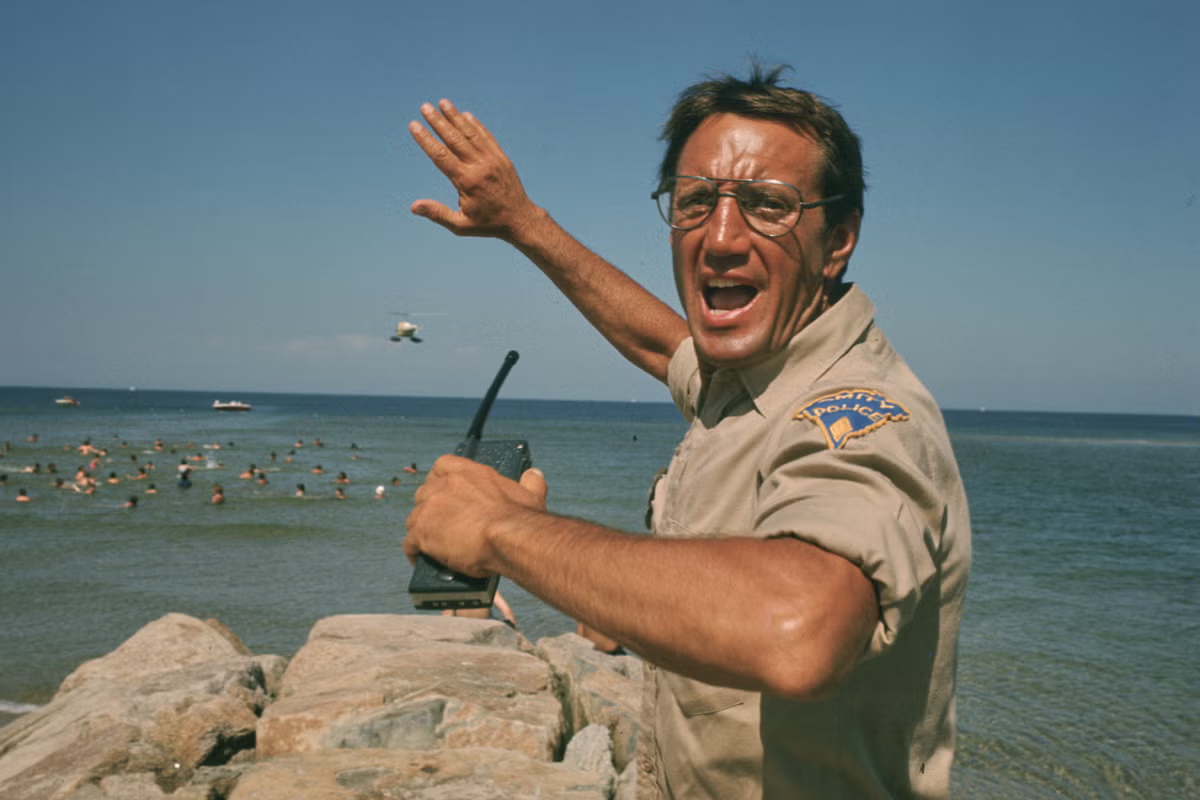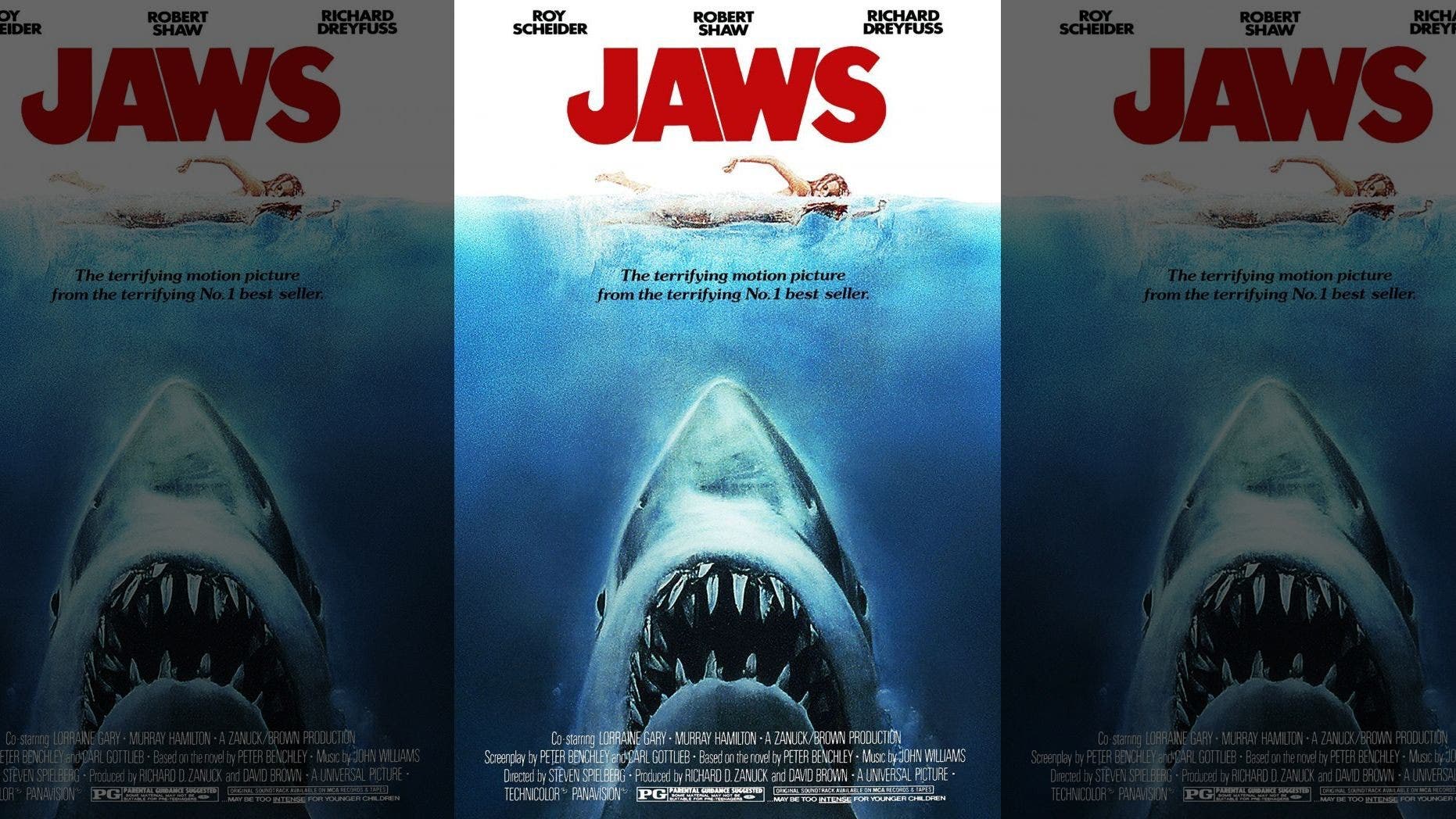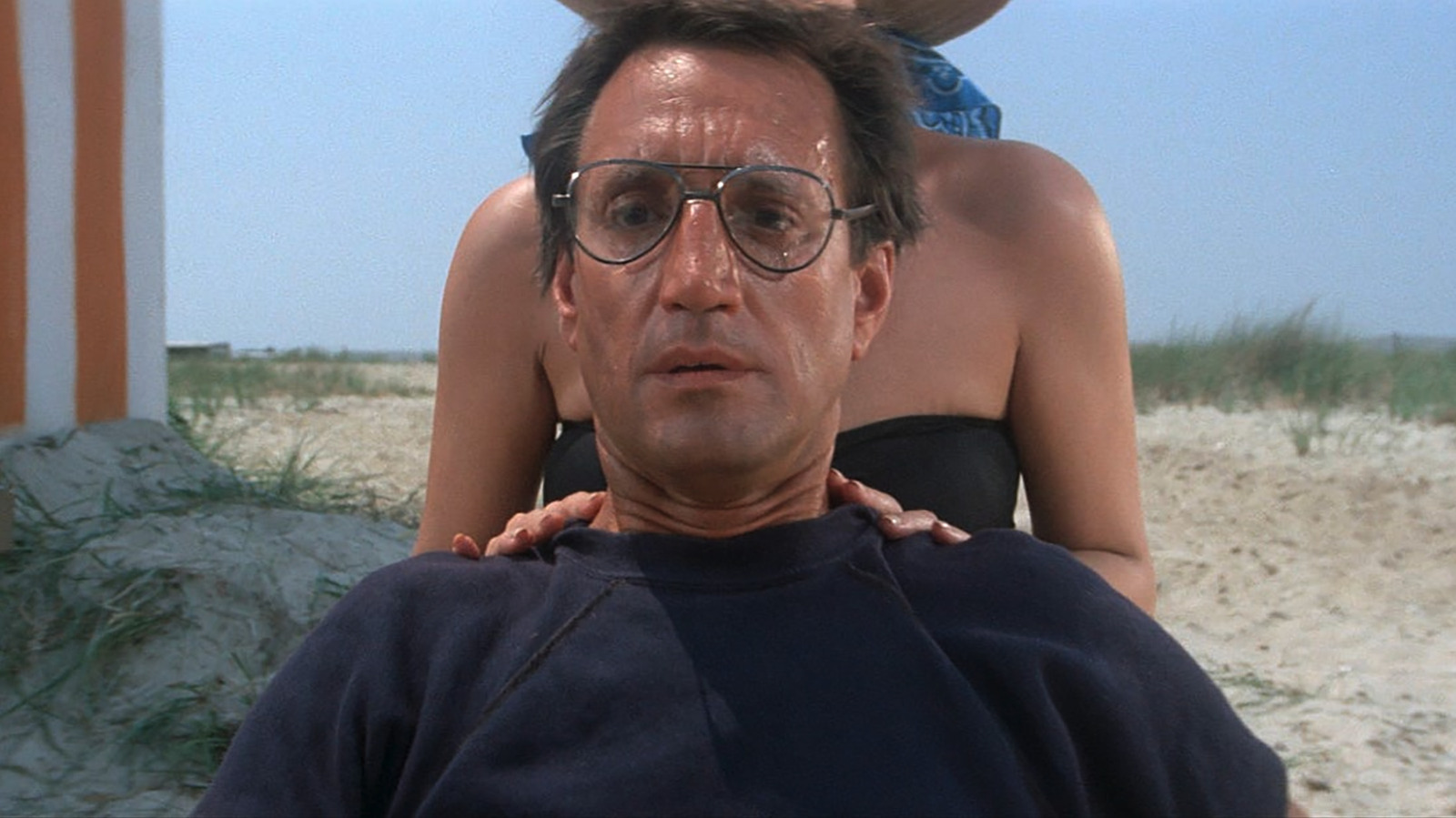There's no denying the sheer impact Steven Spielberg's had when it hit theaters 50 years ago, effectively making sharks one of the more terrifying villains of the sea. It also kicked off what would later become known as the summer blockbuster. In the wake of its release, various efforts have been made to recapture the movie's success, including the increasingly lackluster sequels to the 1975 film, but even as the likes of Open Water, Sharknado and Jason Statham's The Meg have offered some fun with similar foes, none can quite compare to the sheer terror of Spielberg's original.
Based on Peter Benchley's 1974 novel of the same name, Jaws was set in the New England beach town of Amity Island and focused on Martin Brody, a New York transplant who has become the town's Chief of Police. However, amidst his efforts to establish a standing with the locals, the town became the target of a great white shark attacking local beachgoers, all while dealing with pushback from the town's mayor. Teaming up with a marine biologist and eccentric local shark hunter, Brody sets out to protect his family and the town by hunting down the shark.
One aspect of Jaws that remains one of the lesser-discussed 50 years later is that it's based on Benchley's novel, with much of the discussion being around the movie's troubled production. Interestingly, in the movie's development, the author was contracted to write the first draft of the adaptation, with Spielberg and the producers subsequently asking for two additional ones before later bringing on Carl Gottlieb to help rewrite the script to better fit the director's vision for the project.
These changes not only go a long way to making Jaws' primary characters more likable, but also keep the movie feeling more focused on the shark.
While some may have liked to see Jaws stay true to its source material, the changes they made to Benchley's novel actually prove to be a far better fit for the screen. Spielberg and Gottlieb do remember that, to give many characters a well-rounded perspective, there needs to be conflict beyond the shark attack, but also don't let said subplots lead to us rooting against any of the characters. For instance, the book made Brody's personal strife stem from jealousy over his wife's affair with Matt Hooper, but the movie instead points to an unexplained past trauma regarding water.
These changes not only go a long way to making Jaws' primary characters more likable, but also keep the movie feeling more focused on the shark. Even as Spielberg and Gottlieb take the appropriate beats to flesh out the characters, the tension is rarely ever let up as we go from scene to scene of shark attack and cautious preparation, all of which builds to the movie's improvement on the book's ending. Rather than kill off two-thirds of its primary roster, Spielberg offers a more explosive finale that also gives one character a far more fitting demise and the others a more rewarding survival.
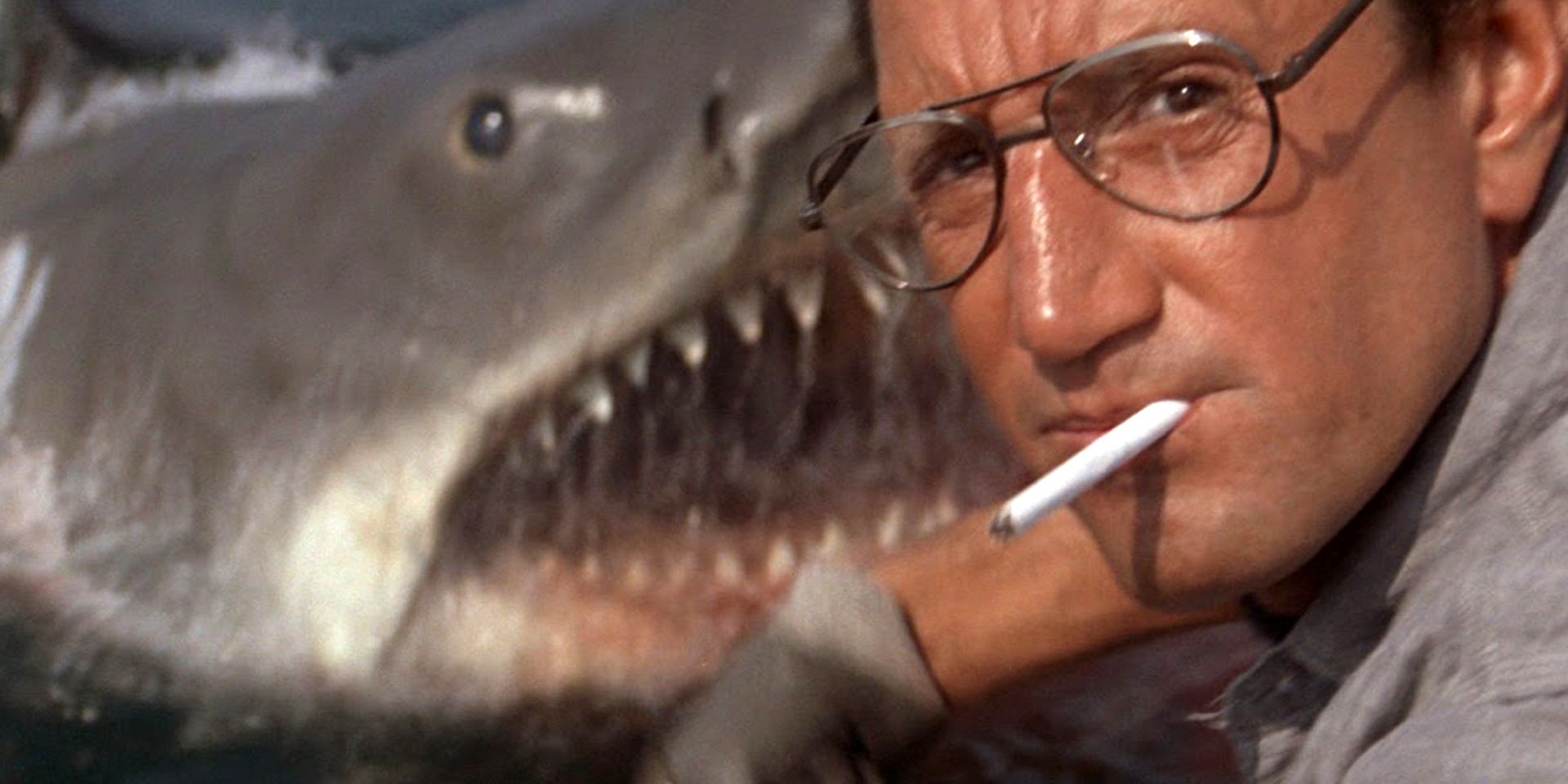
As previously mentioned, Jaws faced an infamously troubled production, largely due to its at-sea production, in which the mechanical sharks frequently failed to perform properly in the salt water, while other hazards created numerous delays. However, this also led to some smart pivots on Spielberg's part that helped the movie's tension escalate further. Rather than showing off the shark frequently, he and cinematographer Bill Butler mostly present us with the shark's POV as it closes in on its prey, which becomes increasingly tense when the ocean becomes populated with beachgoers.
One of the other more impressive things Spielberg is able to pull off is making the kills feel truly gruesome without crossing over into R-rated territory. We get some chilling shots of people being yanked around by the shark, and blood being poured into the water, but it's the aftermath that is all the more haunting, particularly that of Chrissie Watkins in the beginning. Found on the beach with crabs around her, Hooper's later evaluation of her corpse, when combined with Richard Drefyuss' haunting performance, taps into the darkest corners of our imagination for what we're not seeing.
While Spielberg's stylish direction and the haunting shark may be what initially draws us back to watch the film, it's the excellent performances of Jaws' cast that keep us hooked from start to finish. Dreyfuss, who later became a spokesperson of his own for better treatment and education surrounding sharks, adds just enough ego to Hooper to stay true to the book's rich-boy personality. Roy Scheider brings a great sense of pathos to Brody as he oscillates between trying to be an effective police chief, being put down by the Amity mayor, and wanting to protect his family more than anything else.
Admittedly, one member who I still find myself somewhat mixed on is that of Robert Shaw as Quint. I won't deny the character is still one of the most memorable parts of Jaws50 years later, but it honestly feels like it takes a long time not only to like the character, but even for Shaw to start to find his own footing as the headstrong shark hunter. He does eventually come around to being a compelling figure, particularly in the movie's iconic scar-comparison scene. Combined with solid turns from his co-stars and a chilling shark story, is still an absolute classic.
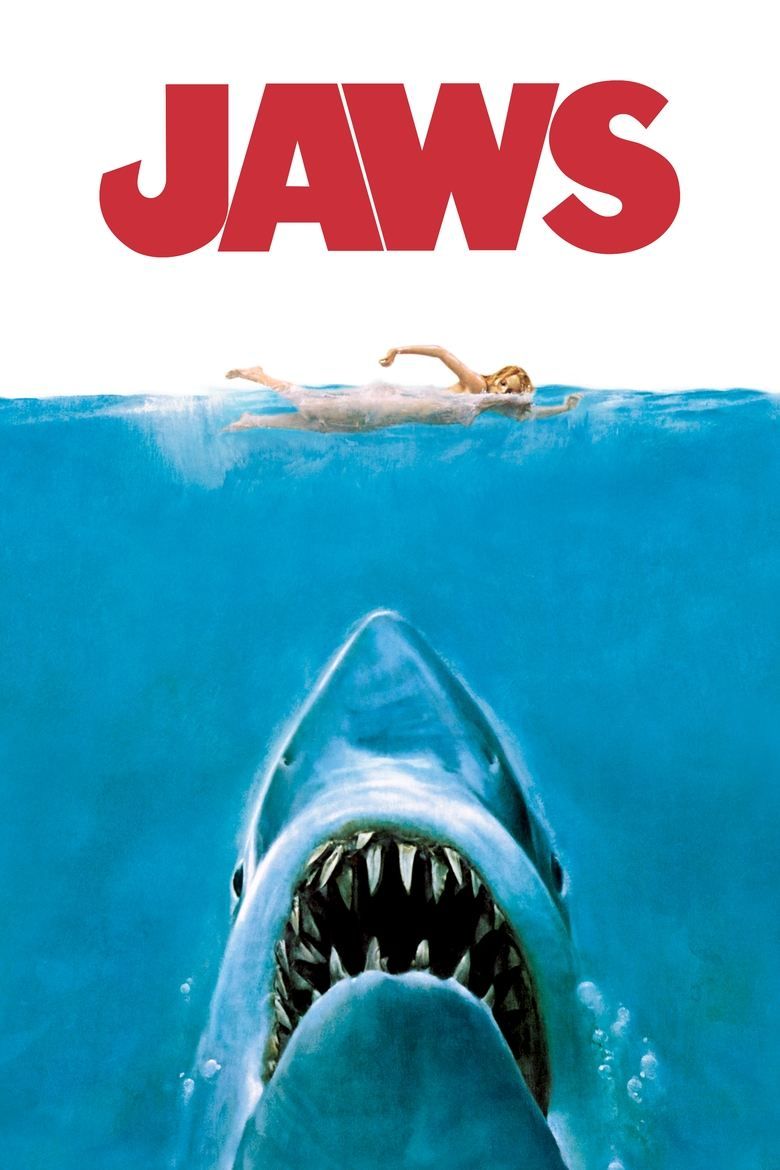
Jaws, directed by Steven Spielberg, follows the residents of Amity Island as they face terror from a menacing great white shark. The town's police chief, a marine biologist, and a seasoned shark hunter join forces to track and kill the predator threatening their coastal community. Released in 1975.







